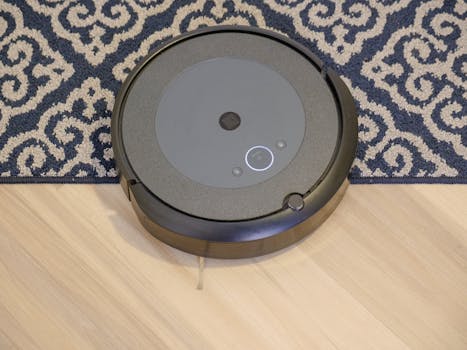
Smart Homes and Smart Living: The Technological Transformation of European Homes by 2025
Smart Homes and Smart Living is revolutionizing the way Europeans live, work, and interact with their homes. By 2025, the European home is expected to be a hub of technological innovation, with smart homes and smart living becoming the norm. In this article, we will explore the trends and innovations driving this change and what it means for the future of European homes.
Introduction to Smart Homes and Smart Living
Smart homes and smart living refer to the integration of technology and automation in homes to make them more efficient, convenient, and sustainable. This can include a range of devices and systems, from smart thermostats and lighting to home security systems and voice assistants. The goal of smart homes and smart living is to create a seamless and connected living experience that enhances the quality of life for occupants.
Trends and Innovations in Smart Homes and Smart Living
There are several trends and innovations driving the growth of smart homes and smart living in Europe. Some of the key trends include:
- Increased adoption of voice assistants: Voice assistants like Amazon Alexa and Google Home are becoming increasingly popular in European homes, allowing occupants to control their smart devices with ease.
- Growing demand for smart home security: With the rise of smart homes, there is a growing demand for smart home security systems that can detect and prevent intruders.
- Integration of smart devices with renewable energy: As concern for the environment grows, there is a growing trend towards integrating smart devices with renewable energy sources like solar and wind power.
- Development of smart home automation platforms: Companies are developing smart home automation platforms that can integrate multiple devices and systems, making it easier for occupants to control their smart homes.
Benefits of Smart Homes and Smart Living
The benefits of smart homes and smart living are numerous. Some of the key benefits include:
- Increased convenience: Smart homes and smart living make it easier for occupants to control their devices and systems, saving time and effort.
- Improved energy efficiency: Smart homes and smart living can help reduce energy consumption, saving occupants money and reducing their carbon footprint.
- Enhanced safety and security: Smart home security systems can detect and prevent intruders, giving occupants peace of mind.
- Increased property value: Smart homes and smart living can increase the value of a property, making it more attractive to potential buyers.
Conclusion
In conclusion, the European home is undergoing a technological transformation, with smart homes and smart living becoming the norm by 2025. The trends and innovations driving this change are numerous, and the benefits of smart homes and smart living are clear. As we look to the future, it is exciting to think about the possibilities that smart homes and smart living will bring.






